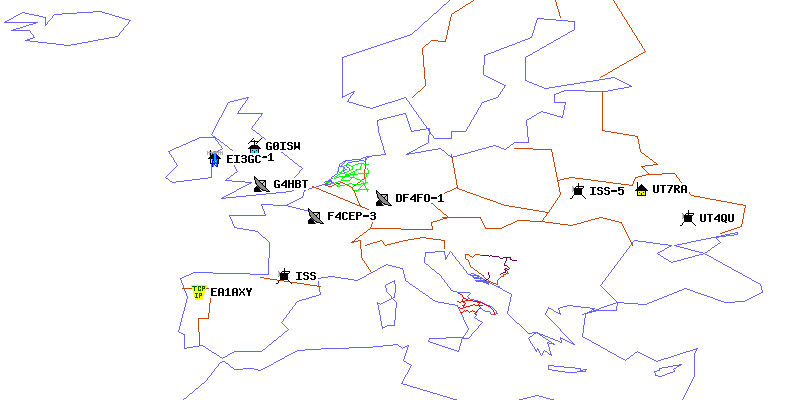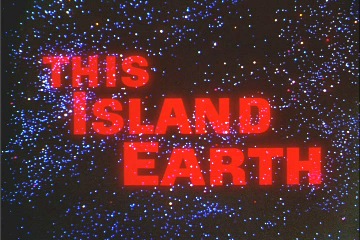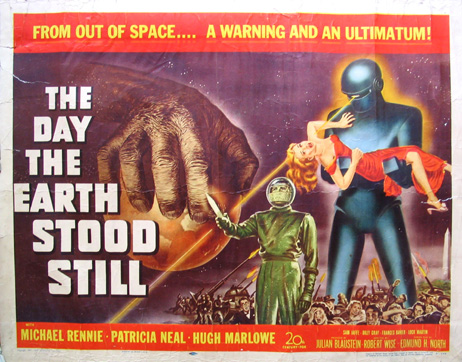



|
SPACE & SATELLITES |
||
|
|
||
|
|
||
|
|
||
The excitement of communicating with an Astronaut onboard the International Space Station or speaking through an Amateur Radio satellite to someone thousands of km away is good fun, but it can be daunting for the beginner. You do not need to have an antenna system that is steer able and has elevation control, but it does help, also you do not need to have automatic satellite tracking or Doppler frequency control for your radio however you will be at a disadvantage if you do not.
I will describe below how it is possible with modest equipment to have some success. You should start by visiting the AMSAT satellite status to establish the current operational status of the Amateur Radio satellites. The easiest to work will be the Low Earth Orbiting (LEO) satellites which have 2m and 70cm FM uplinks and downlinks, currently these include AO-27, SO-50, AO-51 and the International Space Station.
You will need to identify the uplink and downlink frequencies and programme your radio accordingly, also some of the uplinks require a PL or CTCSS tone too. Next you need some satellite tracking software to determine when these satellites will be within range of your station, I can recommend either SatScape 2.02 or SATPC32 software. Both programmes download the latest Keplarian elements automatically, from the Internet.
Now you will know when these satellites will next be in range. Listen to them first and observe the operating procedure of other Radio Amateurs, you can use any sort of aerial including a collinear for this purpose. Once you are comfortable with what to do, you can try working your first satellite, but it requires patience, for example when the International Space Station is in range of you, its footprint may cover most of Europe and numerous other amateurs will all be calling at the same time as you! That is all part of the challenge, and remember that some Hams have just used their handheld radios and have been successful.
If you really want to work satellites properly, you might want to use either a Yaesu FT-847 or Kenwood TS-2000 transceiver, which are both designed for this purpose and have all the bells and whistles required.
|
Did you know that most International Space Station (ISS) Astronauts and Cosmonauts undergo Amateur Radio training and are licensed to send and receive amateur radio transmissions whilst orbiting Earth? Voice transmissions can often be heard on the downlink frequency of 145.800 MHz FM Packet/AX25 data transmissions can often be heard on the uplink/downlink simplex frequency of 145.825 MHz FM ISS Packet/AX25 - BBS not in use by the International Space Station crew Please DO NOT attempt to connect to or use the very old International Space Station 'Packet' AX25 mode BBS system, callsign RS0ISS-11, as you will block the whole 8 minute pass for every other European station, who can digipeat only if the BBS is not being used. It takes several successful lengthy transmissions just to enter a 'subject', let alone then leave any message, so chances of total success are very low anyway. The ISS BBS was established many years ago before the advent of e-mail, the crew DO NOT READ MESSAGES ON THIS BBS, so please don't cause QRM or waste your time trying to connect using packet. In order to obtain an ISS QSL card you only have to 'digipeat' once through the onboard system using the callsign RS0ISS-4. This allows multiple amateurs greater success within the 8 minute orbital pass over Europe, as each digipeated signal is completed within less than 3 seconds. |
|
The International Space Station
Amateur Radio is resident on the Space Station, which suits the astronauts, as most are licensed Radio Amateurs |
As a licensed Radio Amateur I can communicate directly with the astronauts and cosmonauts onboard the International Space Station and also any Space Shuttle flights too.
In U.S. space
mission lingo, a ham radio station onboard the International Space Station
is known as the
ARISS experiment –
a joint effort by NASA, the American Radio Relay League (ARRL), and the
Amateur Radio Satellite Corporation (AMSAT). Ham Radio onboard the
Space Shuttle is known as the
SAREX
experiment. |
Let us never forget the crew of STS-107 who tragically lost their lives
ISS real-time location. |
In early 2006 I became interested in working the International Space Station, Low Earth Orbiting Amateur Radio Satellites and trying EME (using the JT65B digital mode). This has come about because band conditions were so poor on HF and realistically I had worked as much as I can via the normal VHF/UHF propagation modes. I am however finding it a very steep learning curve.
I use Nova for Windows software to give me audible alerts in the shack, when the Satellites are coming into range for AX25 packet digipeating via APRS satel;lites and the International Space Station.
I use SATPC32 software to CAT control my Kenwood TS-2000 radio and correct my 144MHz and 432MHz speech signals for doppler shift.
I use AGW packet engine software to give me the ability to transmit and receive AX25 Packet without a TNC and only using my computer soundcard. The UISS software works in tandem with AGW and is a very useful tool for working the ISS or digipeating through it. Within a day of downloading the software (on Saturday 17th March 2006 at 1145UTC), and on my first attempt, I managed to have my 145.990MHz FM packet signal digipeated by the ISS (RS0ISS-3) as it flew overhead at a height of 345km, this was achieved using my normal VHF horizontal beam and using 25w.
Please be advised that currently in 2012 the International Space Station now digipeats AX25 Packet signals on 145.825 MHz FM and uses the callsign RS0ISS-4. Digipeating is real-time two way communication sending your CQ up to the ISS which retransmits it like a Satellite does and your call will be replied to by Amateurs from all over Europe. You can work many stations during a single ISS pass using this method.
See the image below, showing my QTH and those of other successful Hams, displayed in real-time, as heard by the ISS. The ISS position is shown and where it will be in 5 minutes later (ISS-5).
Please do not attempt to connect to the old International Space Station Packet BBS system, callsign RS0ISS-11, as you will block the whole pass for all other European stations who can digipeat only if the BBS is not being used. The BBS was established many years ago before the advent of e-mail, the crew do not read it, and in order to obtain a QSL card from the ISS you only have to now digipeat through it using the callsign RS0ISS-4.





|
|
|||
|
University of Cambridge High Altitude Balloon flight predictor |
Amateur Radio High Altitude Balloons listing
|
||
|
Amateur Radio High Altitude Balloons
|
|||